The Red Envelope: Billkin and PP Krit’s Take on a Love Story Beyond the Grave
In a cinematic landscape saturated with remakes, reboots and sequels, you might ...
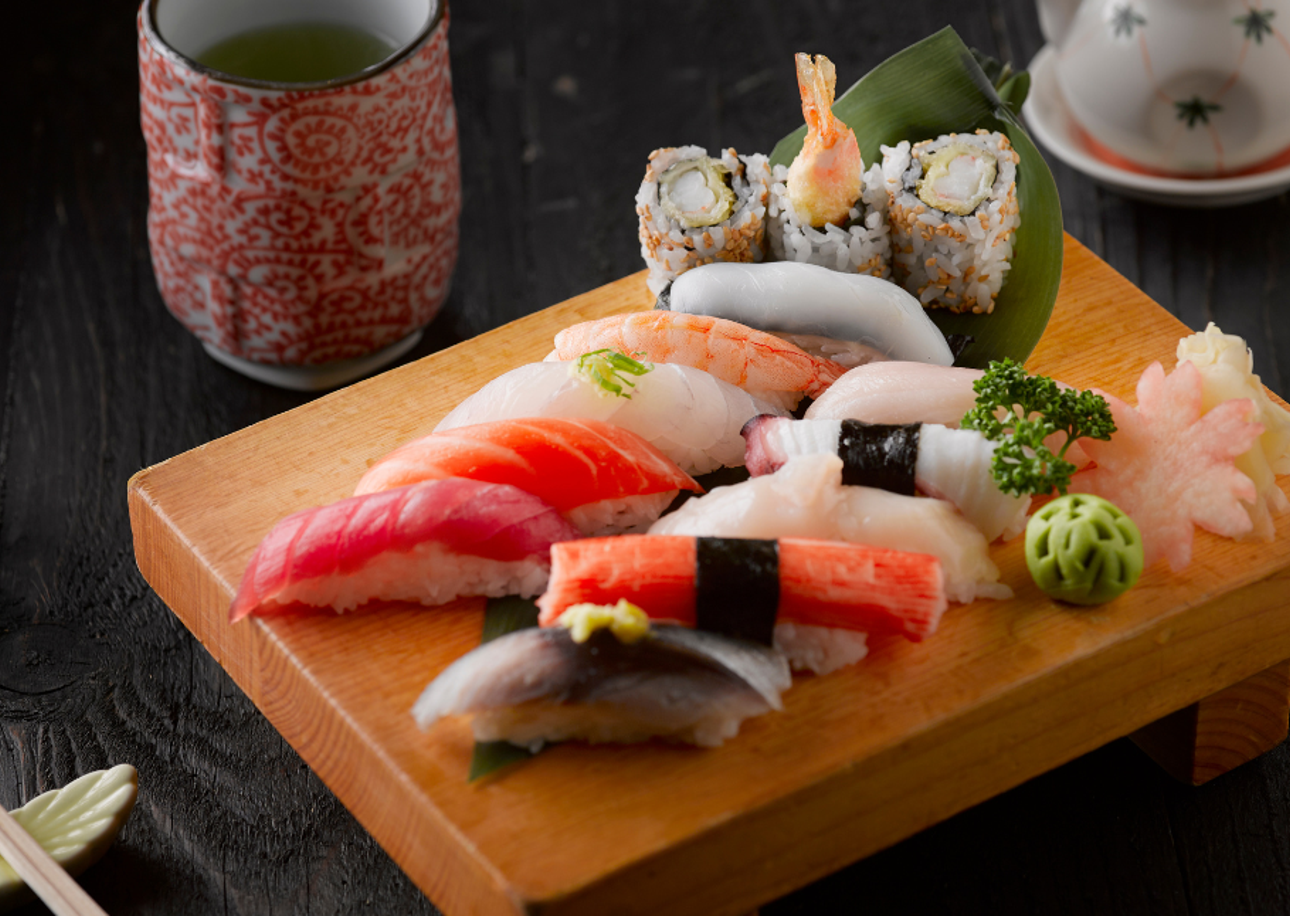
Sushi, a delectable and visually captivating Japanese dish, has emerged as one of the most popular and globally recognised culinary delights. With its combination of fresh, carefully prepared ingredients and artful presentation, sushi has captured the palates of people around the world. Koktail offers a captivating journey to unravel the ancient origins and evolution of this revered Japanese product.
Sushi, a popular Japanese cuisine, has indeed undergone a remarkable evolution from its humble beginnings to its diverse and innovative forms today. Originally, sushi was created as a way to preserve fish in Southeast Asia over 2,000 years ago. The fish would be salted and fermented with rice, which acted as a natural preservative. This early form of sushi was known as “narezushi” and was consumed by removing the rice and eating the fish.
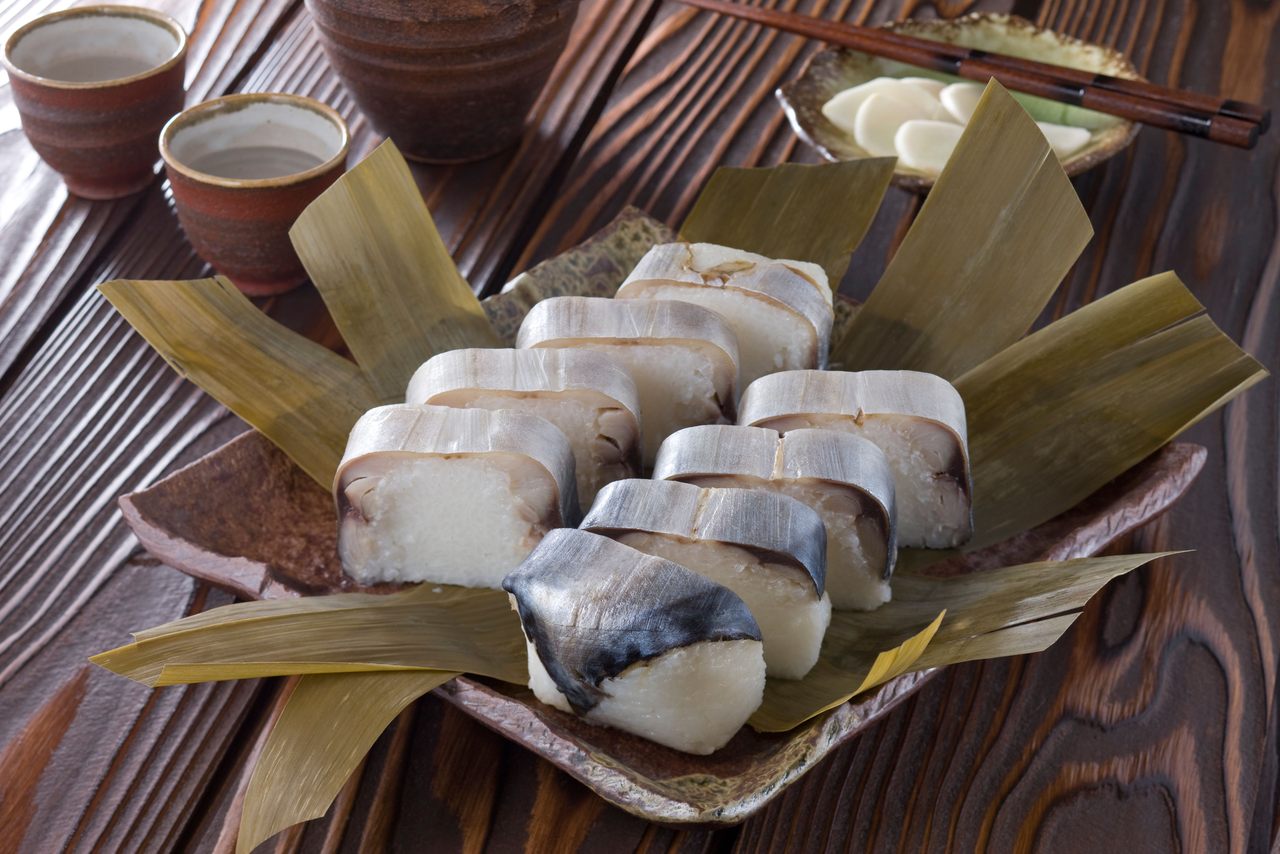
Photo: Courtesy of Atlas Obscura
Over time, sushi made its way to Japan, where it underwent significant transformations. In the 17th century, a new method called “nigiri sushi” emerged, which involved placing a small piece of raw fish on top of a small mound of seasoned rice. This technique allowed for a more immediate consumption of the fish, without the need for fermentation. Nigiri sushi became widely popular in Edo (now Tokyo), and it laid the foundation for the sushi we know today.
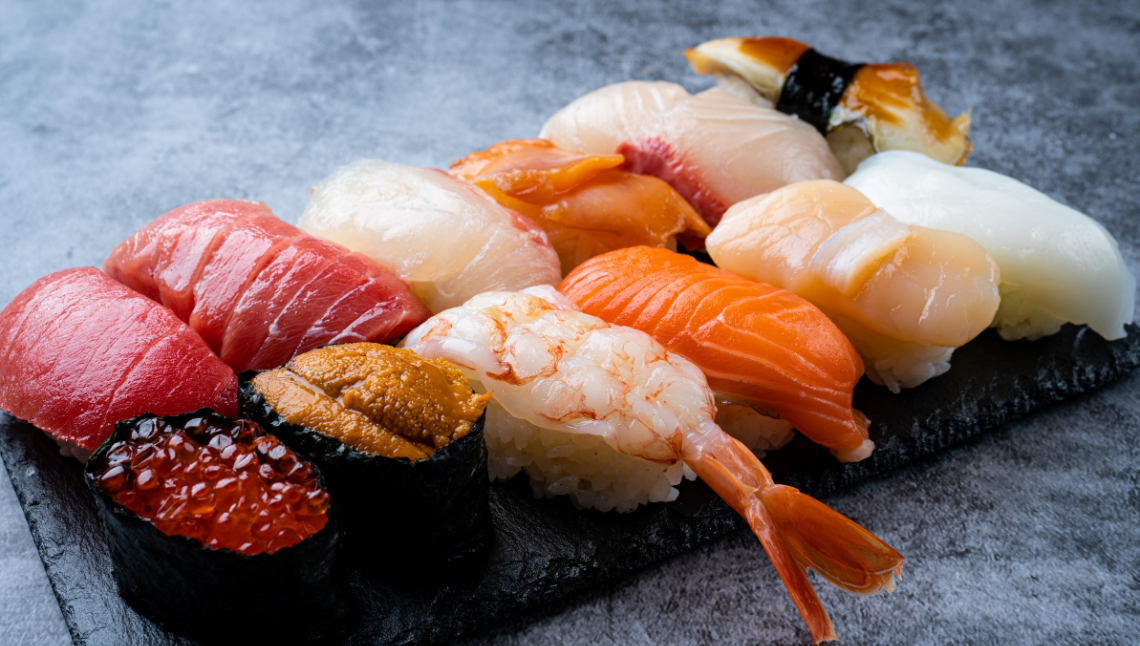
The early 19th century: During this time, a significant development occurred with the introduction of “makizushi” or rolled sushi. Makizushi involved wrapping rice, fish, and vegetables in seaweed, known as nori, creating a cylindrical shape. This allowed for easier consumption and became an instant hit among sushi lovers.
The 20th century: In this time, sushi underwent further transformations due to technological advancements and changing culinary trends. The development of refrigeration and transportation systems enabled the availability of fresh fish, even in landlocked areas. This expansion of access to ingredients led to the rise of sushi restaurants outside of Japan.
The late 20th century: Sushi’s popularity exploded internationally in this time, with the emergence of “California roll” in the United States. This roll, which substituted raw fish with cooked or smoked fish, appealed to Western tastes and helped popularise sushi among a wider audience. It demonstrated the adaptability of sushi, as it incorporated local ingredients and flavours.
The 21st century: Sushi continues to evolve with innovative variations and fusions. Sushi chefs have experimented with unconventional ingredients and techniques to create unique flavour combinations and visually stunning presentations. Today, you can find sushi with ingredients ranging from fruits and vegetables to cooked meats, and even vegan options. The artistry of sushi has also been elevated, with intricate designs and creative plating becoming common. Moreover, technology has influenced the sushi industry, with the introduction of conveyor belt sushi (kaiten-zushi) and sushi-making robots, making the dining experience more efficient and accessible.
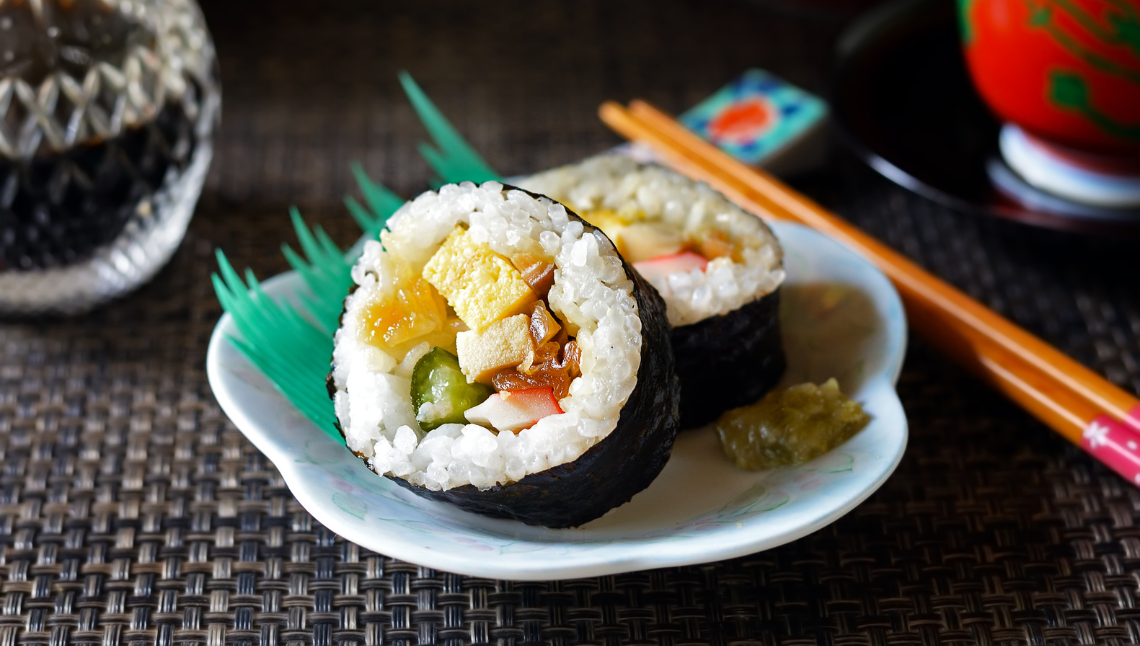
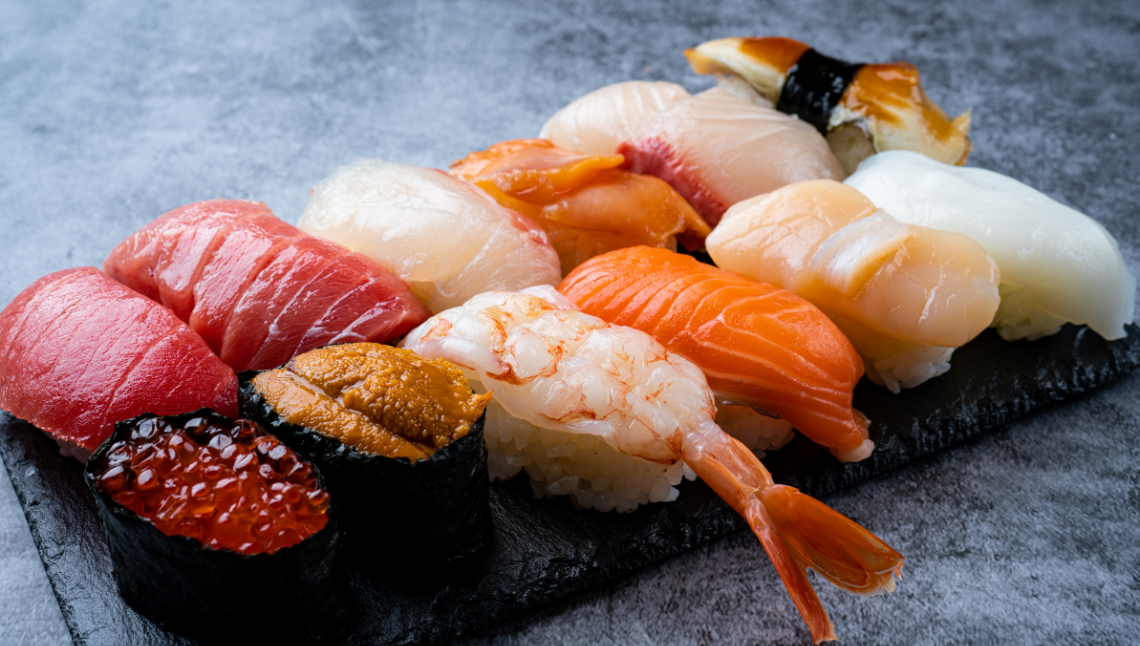
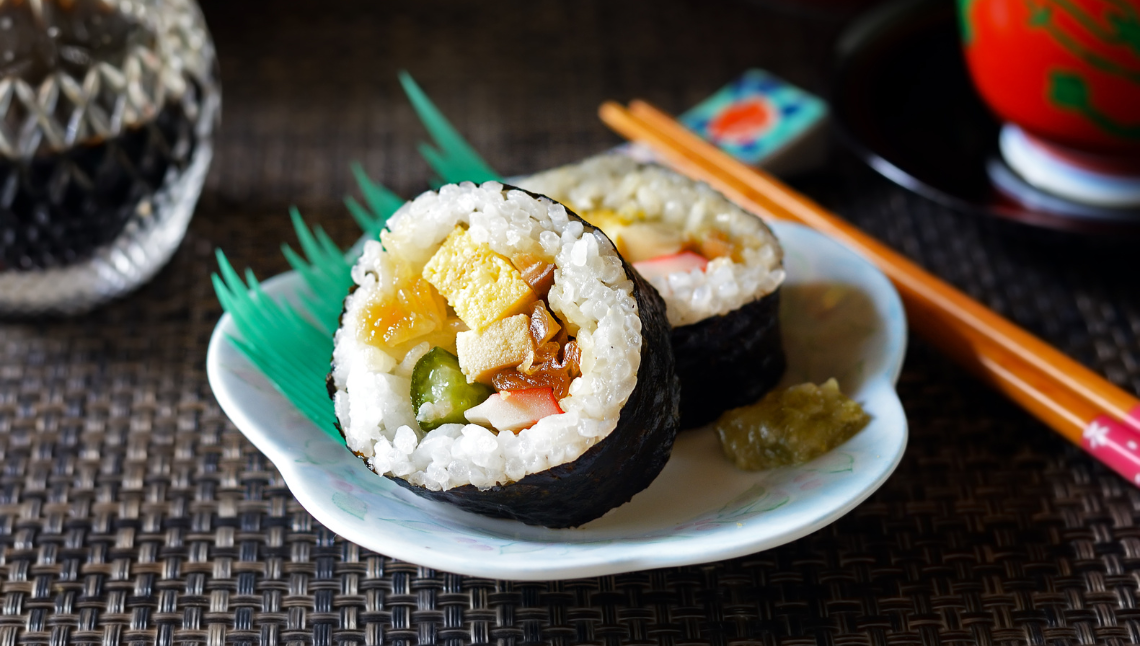
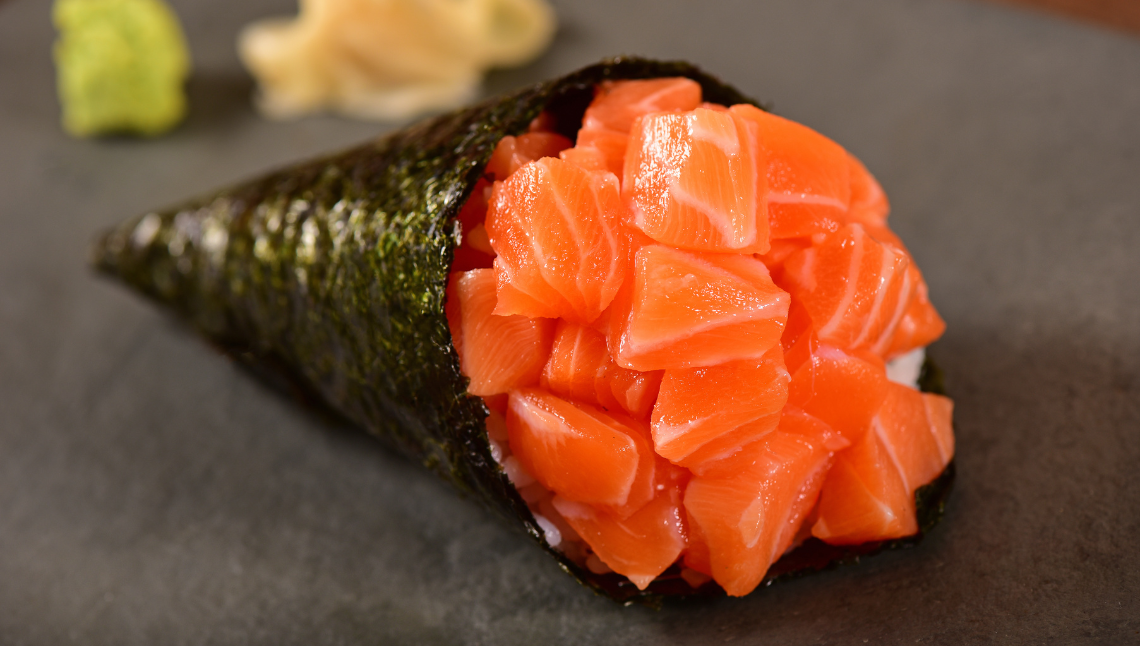
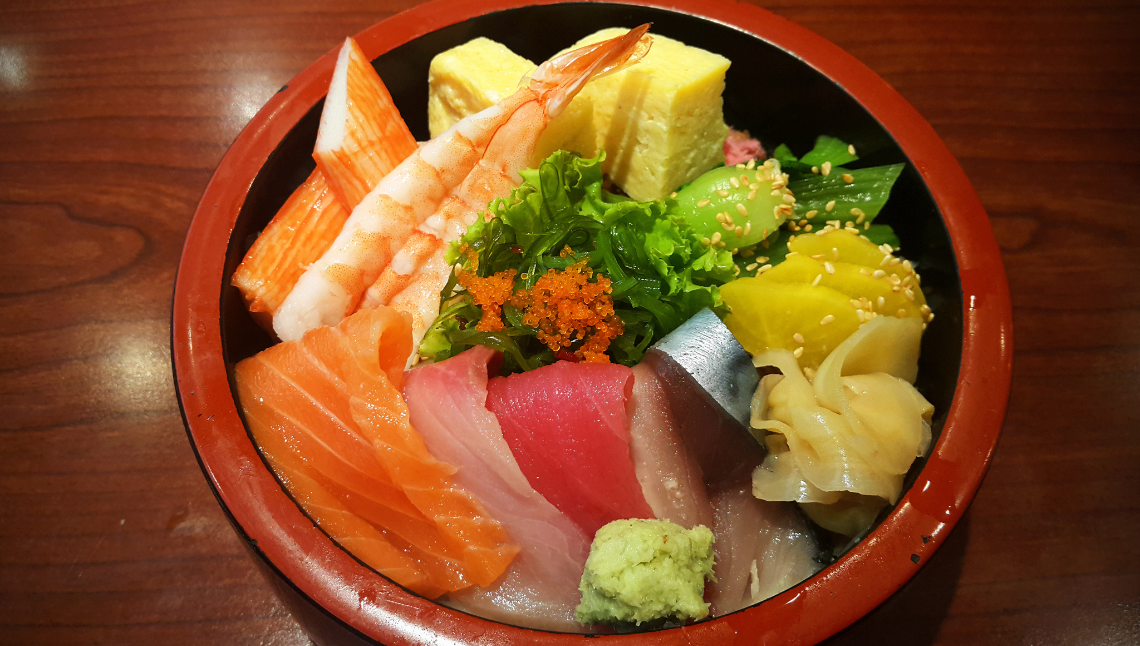
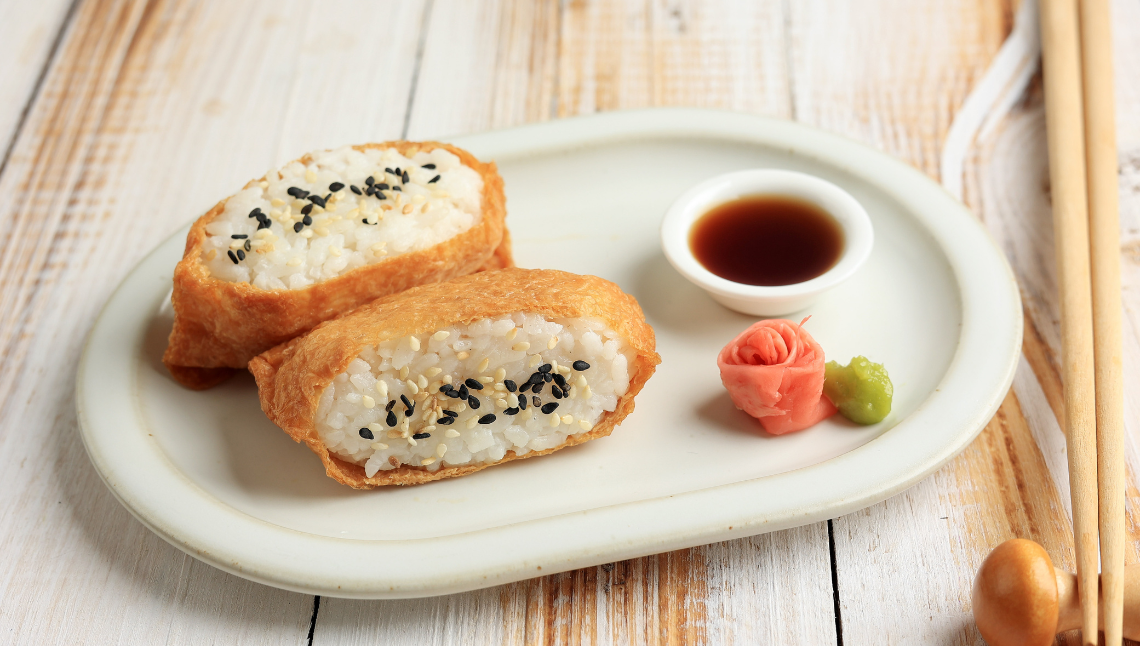
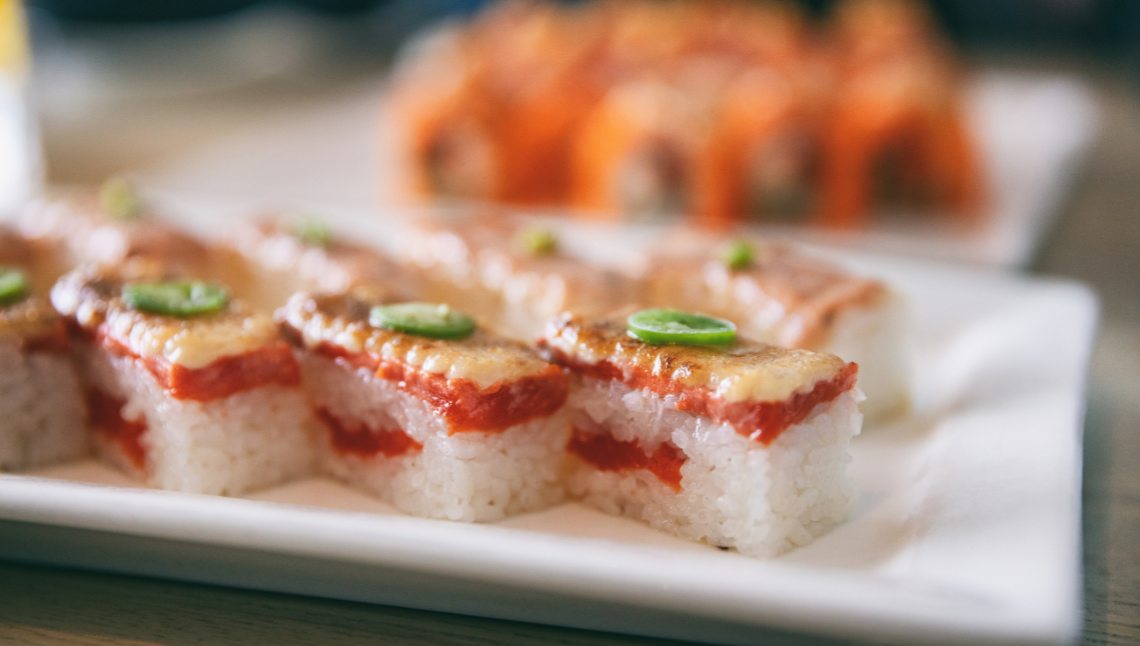
Sushi is a traditional Japanese cuisine that involves the skillful preparation of raw fish, rice, and other ingredients. The art of sushi-making requires meticulous attention to detail and years of practice to master. Sushi-making is a delicate craft that requires a deep understanding of ingredients, precise techniques, and an artistic eye for presentation. It embodies a harmonious balance of flavours, textures, and aesthetics, and the craftsmanship involved is a testament to the rich culinary heritage of Japan.
Here are some insights into the traditional techniques and craftsmanship involved in sushi preparation:
In the art of sushi preparation, traditional techniques and craftsmanship play a vital role. It all begins with the careful preparation of the rice, which forms the foundation of sushi. Sushi rice, a short-grain variety, undergoes a meticulous cooking process to achieve the ideal texture. Skilled chefs rinse the rice to remove excess starch, cook it with precision using a specific water-to-rice ratio, and then season it with a mixture of rice vinegar, sugar, and salt. The mastery lies in achieving the perfect balance of flavours and textures in the rice. Another critical aspect is the selection of fish. Raw fish, including tuna, salmon, and yellowtail, takes centre stage in sushi. Chefs with expertise in sushi rely on their experience and knowledge to assess the quality and freshness of the fish through careful examination of its appearance, smell, and texture. Knife skills are of utmost importance as well. Sushi chefs wield a specialised knife known as a yanagi or sushi knife, characterised by its long, thin, and sharp blade. With precise cuts, they transform the fish into bite-sized pieces suitable for sushi, creating beautifully presented dishes. One popular type of sushi, nigiri sushi, features a small mound of rice topped with fish or other ingredients. The chef skillfully moulds the rice into a compact and uniform shape, applying gentle pressure with their fingers to achieve the desired texture. A thin layer of wasabi is then added between the rice and fish, imparting a subtle kick of flavour. Sushi rolls, or maki, involve the art of wrapping rice and various ingredients in a sheet of seaweed called nori. Chefs employ a bamboo mat known as a makisu to roll the ingredients tightly, creating cylindrical shapes that are later sliced into bite-sized pieces. The presentation of sushi is an art in itself. Sushi chefs pay meticulous attention to detail, adorning their creations with various garnishes, such as thinly sliced vegetables, seaweed strips, and tobiko (flying fish roe), enhancing the visual appeal of the sushi.
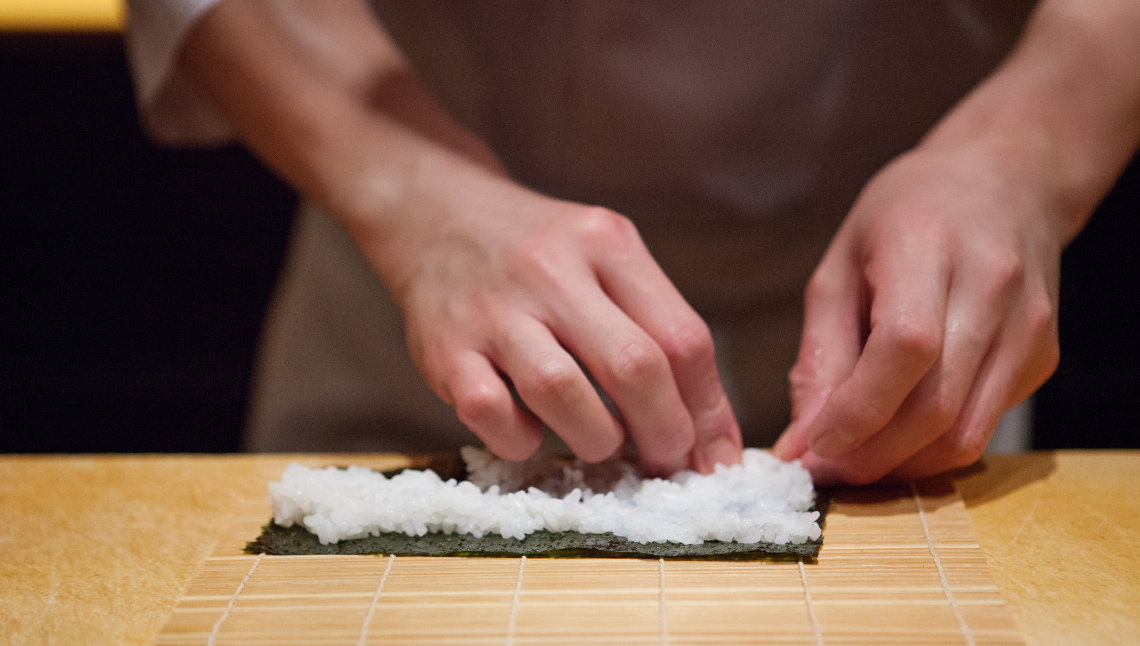
Sushi has had a significant influence on global cuisine and has been adapted in various cultures around the world. The popularity of sushi has grown tremendously over the past few decades, and it has become a staple in many international cities.
1. Popularity and Globalisation:
Sushi gained global recognition in the 20th century, primarily due to the increasing popularity of Japanese cuisine and globalisation. Japanese immigrants and sushi chefs played a crucial role in spreading sushi to different parts of the world, particularly in major cities such as New York, London, and Sydney.
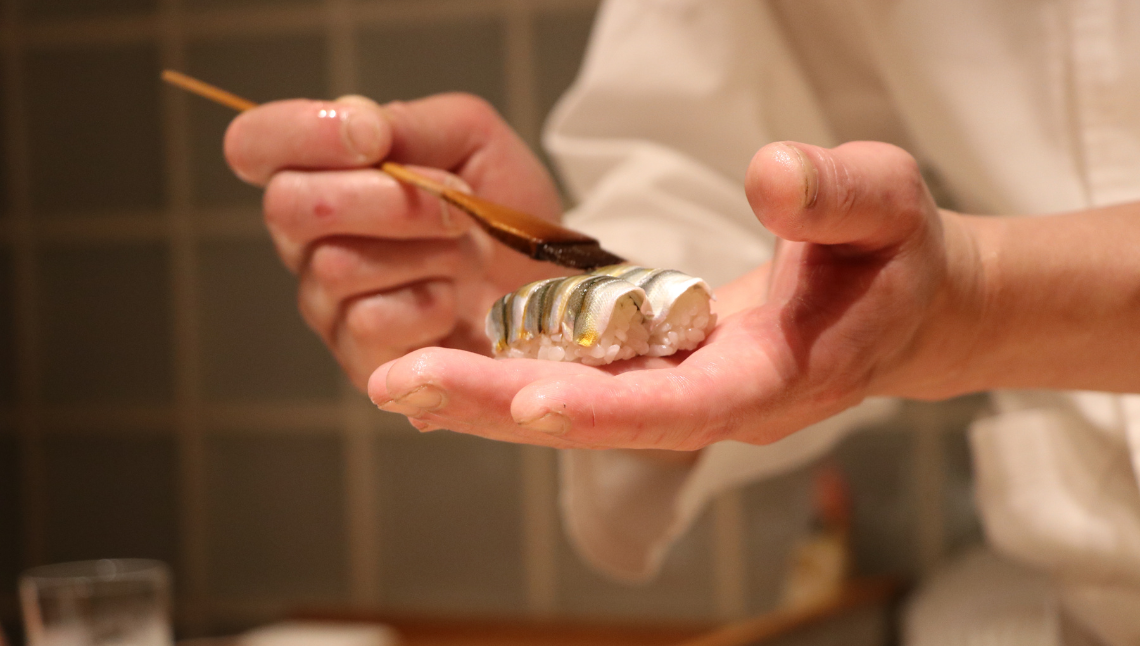
2. Adaptations in Western Culture:
In Western countries, sushi has undergone significant adaptations to suit local tastes and preferences. Traditional sushi typically consists of vinegared rice, raw or cooked seafood, and seaweed (nori). However, Western variations often include ingredients like avocado, cream cheese, and various vegetables.
3. Fusion Cuisine:
Sushi has become a popular component of fusion cuisine, blending Japanese flavours with those of other cultures. For example, in the United States, sushi burritos (sushirritos) emerged, combining the concept of a burrito with sushi ingredients. Sushi pizza, sushi burgers, and sushi tacos are other examples of fusion sushi dishes that have gained popularity in various parts of the world.

4. Embracing Regional Flavours:
Sushi has been adapted in different cultures to incorporate local ingredients and flavours. For instance, in Southeast Asia, you may find sushi with tropical fruits like mango or spicy sauces inspired by local cuisines. In South America, sushi rolls often incorporate ingredients like avocado, quinoa, or local fish varieties.
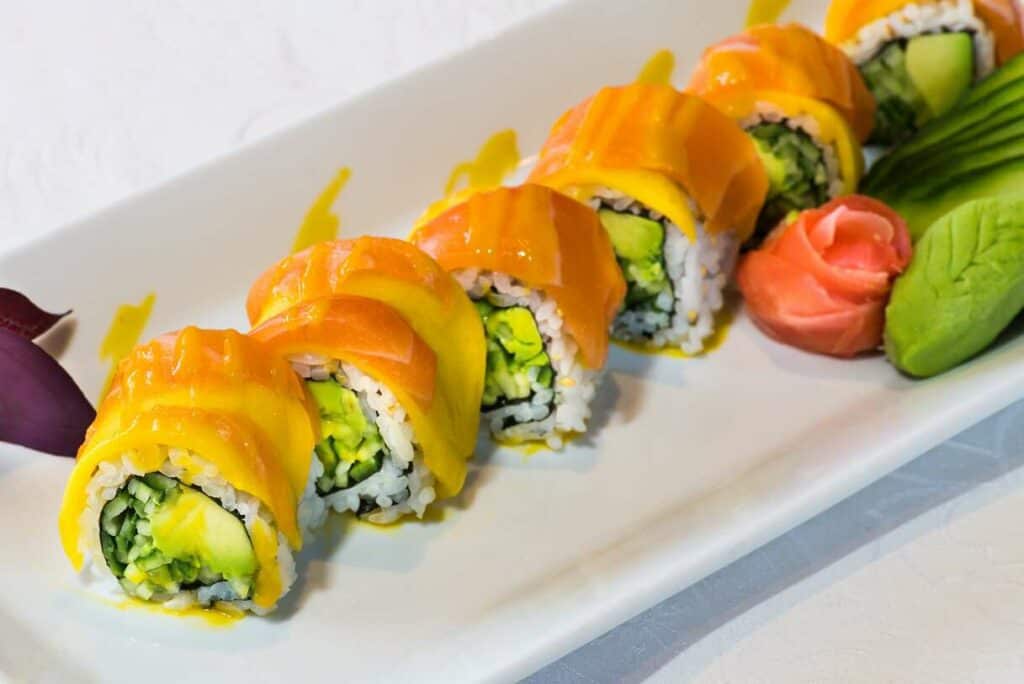
5. Sushi for All: Vegetarian and Vegan Adaptations:
Sushi has also been adapted to cater to vegetarian and vegan diets. Instead of seafood, these adaptations use ingredients like tofu, mushrooms, and various vegetables. Vegetarian rolls, such as cucumber rolls or avocado rolls, have become popular alternatives to traditional sushi.
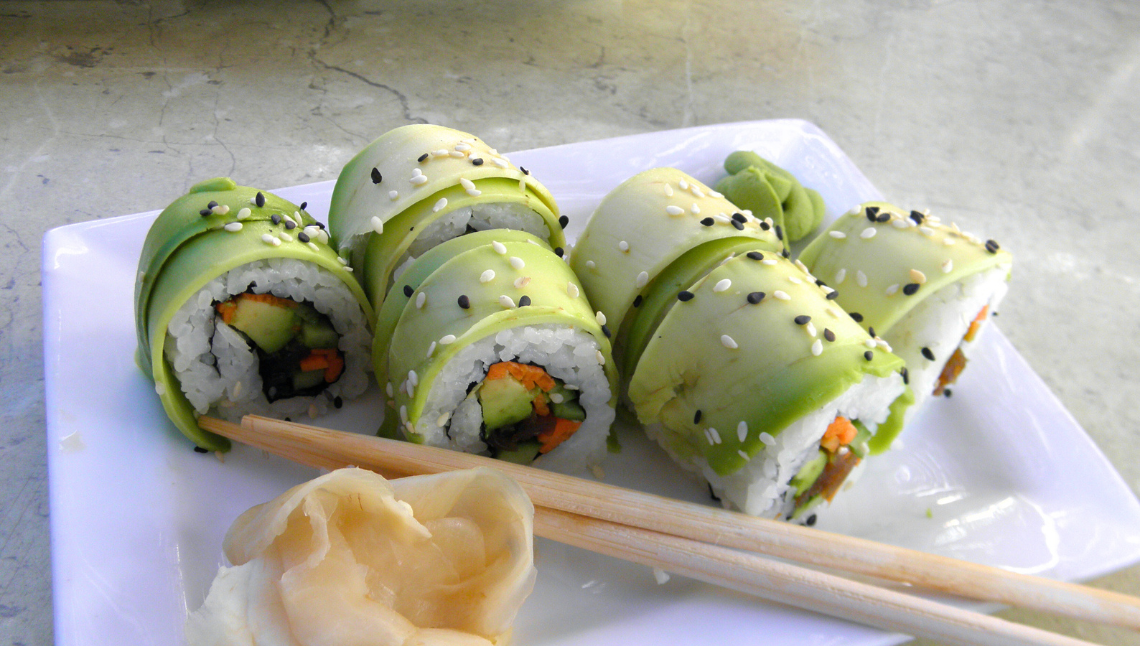
6. From Conveyor Belts to Grab-and-Go Shops:
Sushi’s adaptability has also made it popular as a fast food option. Conveyor belt sushi (kaiten-zushi) and grab-and-go sushi shops have become prevalent in many countries, offering affordable and convenient sushi for people on the move.
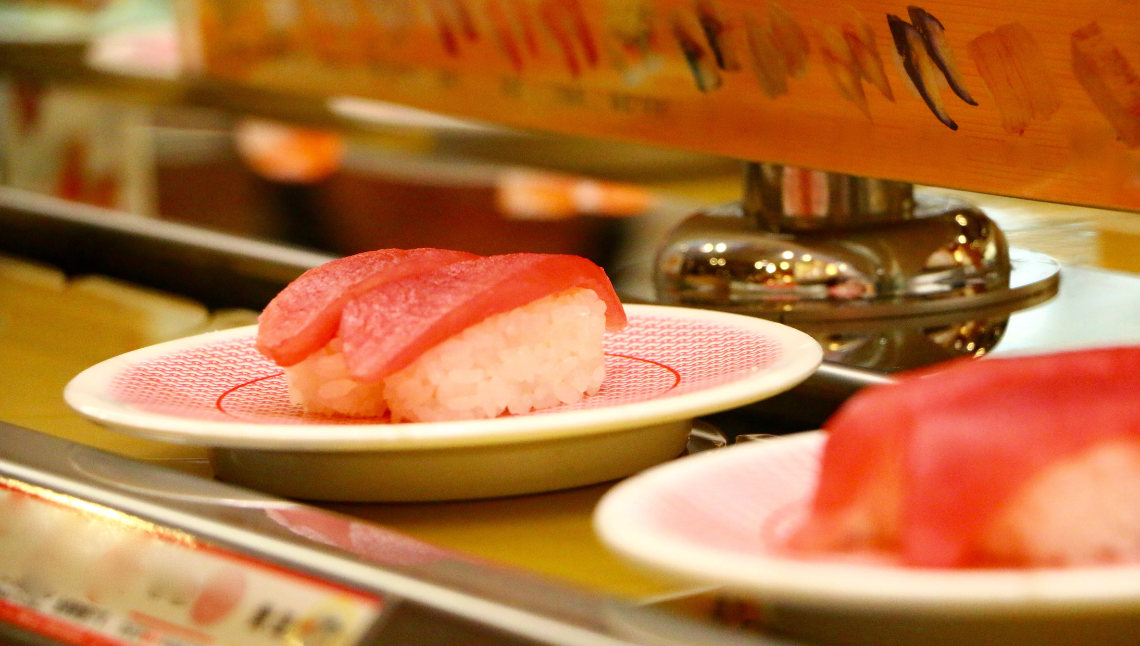
7. Sushi’s Rise to Fine Dining:
On the other end of the spectrum, sushi has become synonymous with fine dining experiences. High-end sushi bars and omakase (chef’s choice) restaurants showcase the craftsmanship and artistry behind sushi preparation, offering an elevated culinary experience.
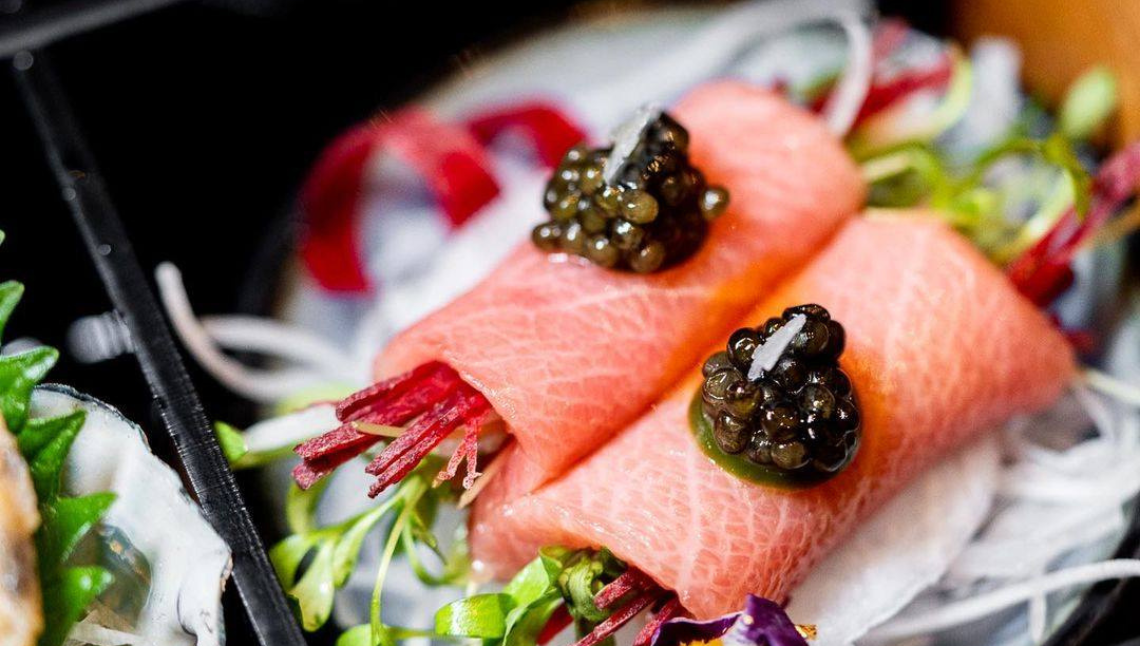
Beyond its delectable taste, sushi holds profound significance in terms of cultural exchange and appreciation. It serves as a symbol of the interconnectedness of our world, bridging gaps between different cultures. Sushi’s global popularity showcases the power of cultural diffusion in a rapidly globalising world. It has transcended geographical boundaries, becoming a beloved dish in numerous countries, and demonstrating how food can serve as a universal language, uniting people from diverse backgrounds and fostering appreciation for different cultures. Sushi also brings attention to the importance of sustainable practices in food production. The traditional practice of sushi-making emphasises using fresh, seasonal, and local ingredients, promoting a deep connection with nature. As sushi gained popularity worldwide, the demand for specific fish varieties skyrocketed, leading to overfishing concerns. This has prompted a greater emphasis on sustainable fishing practices and responsible sourcing, highlighting the need for environmental stewardship. The appreciation of sushi can inspire cross-cultural learning and exploration. Learning about the history, etiquette, and significance of sushi offers a gateway to understanding the broader cultural contexts and values of Japan and other countries where sushi has found a home.
In a cinematic landscape saturated with remakes, reboots and sequels, you might ...
Find out more about your celeb favourites and their most loved vacation ...
These top 5 barber shops in Bangkok are where gentlemen can elevate ...
While traditional TV shows are serving us endless boy-meets-girl tales. Thailand has ...
Sailorr and Molly Santana’s black grills fuse hip-hop swagger with homage to ...
Netflix Thailand has officially announced a new price for base subscriptions We’ve ...
Wee use cookies to deliver your best experience on our website. By using our website, you consent to our cookies in accordance with our cookies policy and privacy policy